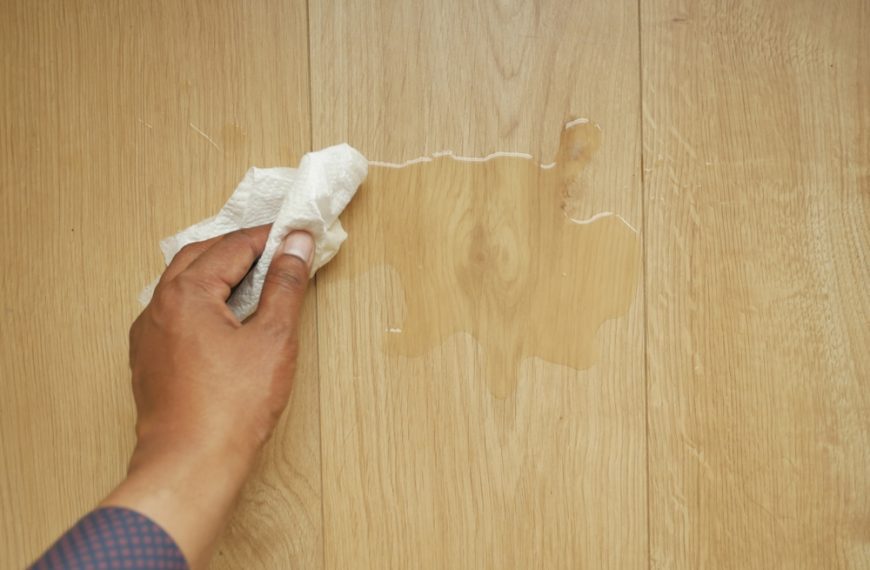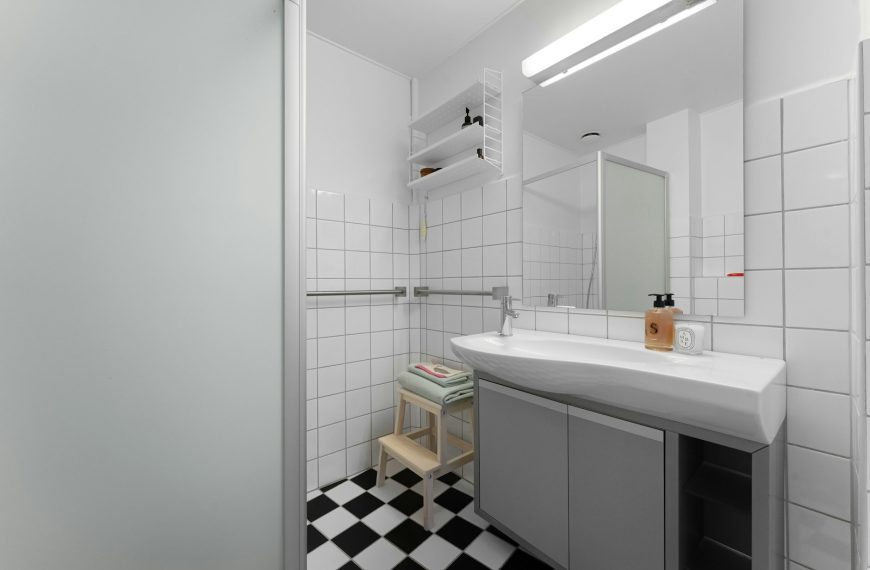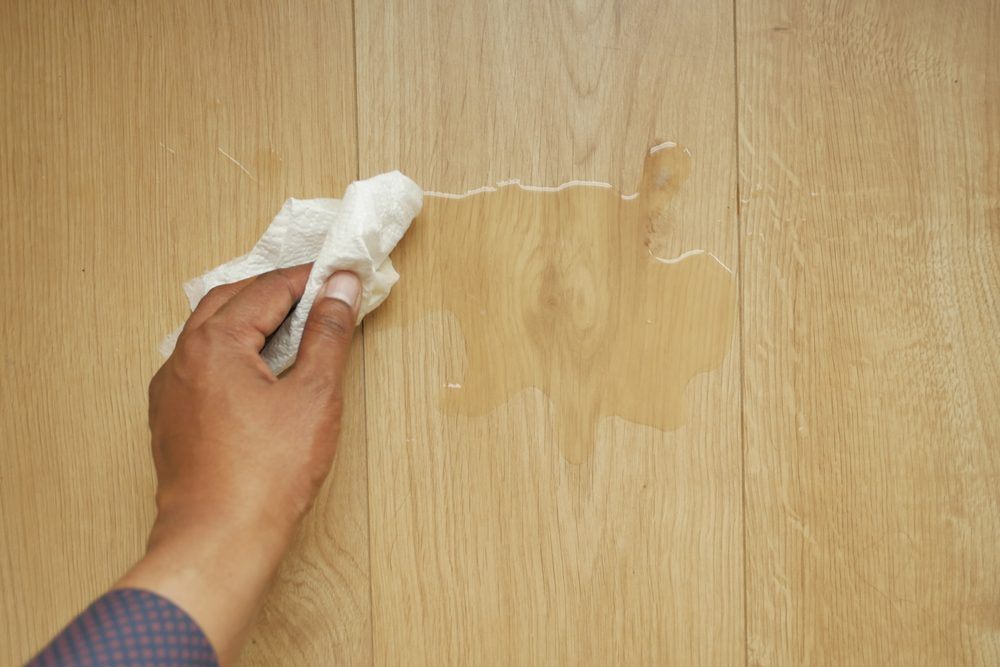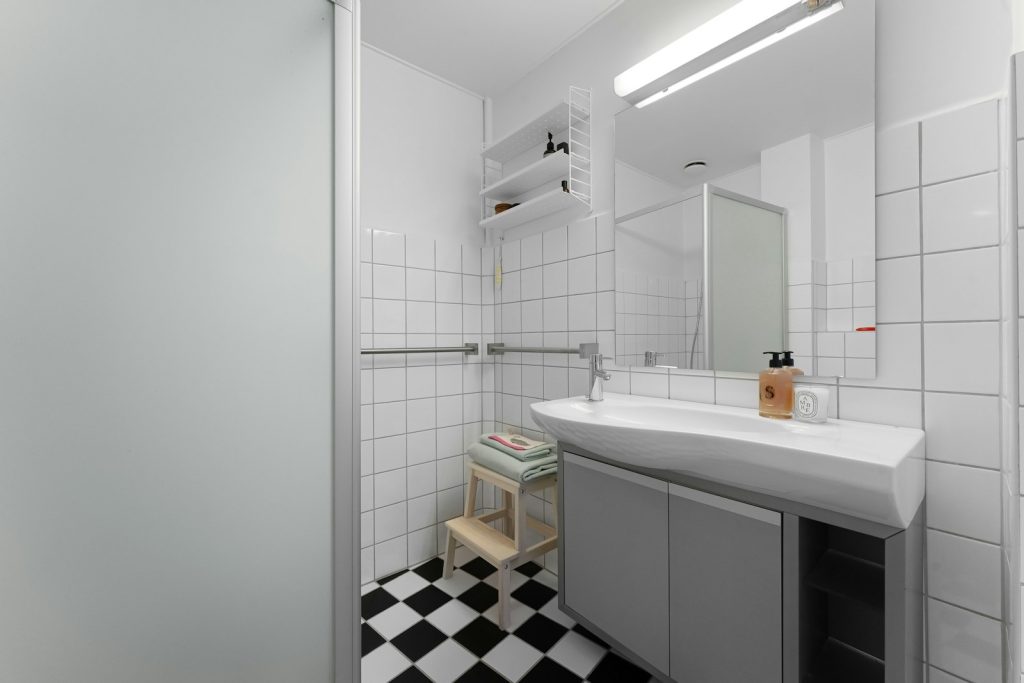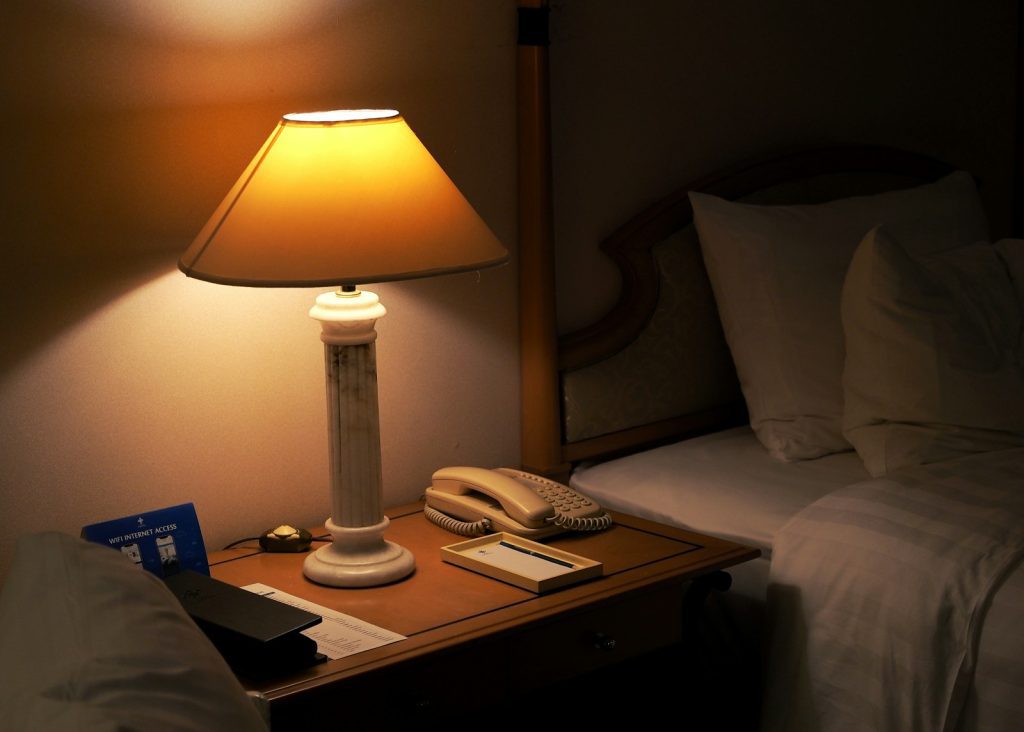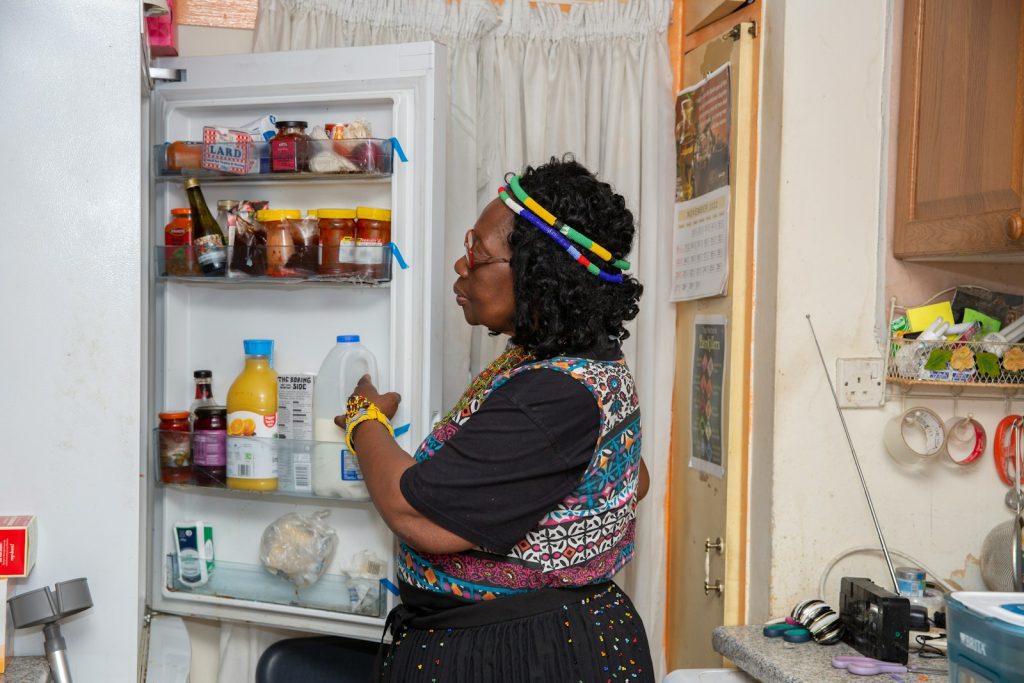Sometimes your home can feel heavier or more crowded than it actually is, even when there isn’t much clutter. This sensation often comes from subtle mistakes in how you arrange furniture, choose colors, or use lighting.
Understanding these common issues can help you create a lighter, more inviting space without major changes. With a few adjustments, you can make your home feel more open and comfortable for you and your guests.
Overcrowding rooms with too much furniture
When you fill a room with too many pieces, it can feel heavier and cramped. This overcrowding limits your movement and disrupts the flow of the space.
Choosing fewer, well-sized pieces helps your room breathe and feel lighter. Leaving clear walkways makes the space more inviting and easier to navigate.
Try editing your furniture down to the essentials. This small change can create a more balanced and comfortable environment for you and anyone who visits.
Using dark, heavy colors on walls and fabrics
Using dark colors on your walls or in fabrics can instantly make a room feel smaller and heavier. These tones tend to absorb light, which reduces brightness and openness.
If you love dark hues, balance them with lighter accents or plenty of natural light. Lighter curtains, cushions, or rugs can help keep the space from feeling too oppressive.
Heavy fabrics like thick drapes or dense upholstery also add visual weight. Opt for lighter, breathable materials instead to keep your room feeling airy and comfortable.
Neglecting natural light and relying on poor lighting
If you don’t make the most of natural light, your rooms can feel darker and heavier than they actually are. Curtains or blinds that block sunlight can make your space seem smaller and less inviting.
Relying too much on harsh overhead lights creates uneven brightness and unwanted shadows. Instead, consider layering your lighting with lamps, wall fixtures, and recessed lights to give your home a lighter, airier feel.
Using the wrong bulbs also impacts the atmosphere. Warm, soft lighting can open up your space, while cool or dim bulbs might weigh it down.
Cluttering surfaces with unnecessary decor
When you fill tables, shelves, and countertops with too many decorative items, your space can start to feel heavier. Even small objects add visual weight, which can make a room seem crowded.
Try to keep surfaces clear by choosing just a few meaningful pieces. This helps create a more open and balanced look.
Focus on items that bring you joy or add character without overwhelming your space. Less is often more when it comes to decorating surfaces.
Ignoring furniture scale and placement
When your furniture is too big for the room, it can make the space feel cramped and heavy. Large pieces block natural flow and leave little room to move around.
Too many small items in a large space can create a cluttered, disorganized vibe. Paying attention to scale helps balance your furniture with the size of your room.
Placement is just as important. Align your furniture with architectural features like windows or fireplaces to create harmony. Thoughtful positioning keeps your space feeling open and inviting.
Mixing too many conflicting materials
When you combine too many different materials without a clear plan, your space can feel heavy and chaotic. Imagine mixing metal, wood, glass, and fabric all at once without harmony—it makes the room visually overwhelming.
Stick to a few materials that complement each other. For example, pair warm wood with soft textiles or sleek metal with glass accents. This balance helps your room feel open and inviting rather than cluttered.
Remember, it’s not about using fewer materials but making sure they work well together. This thoughtful mix creates texture and interest without weighing your space down.




